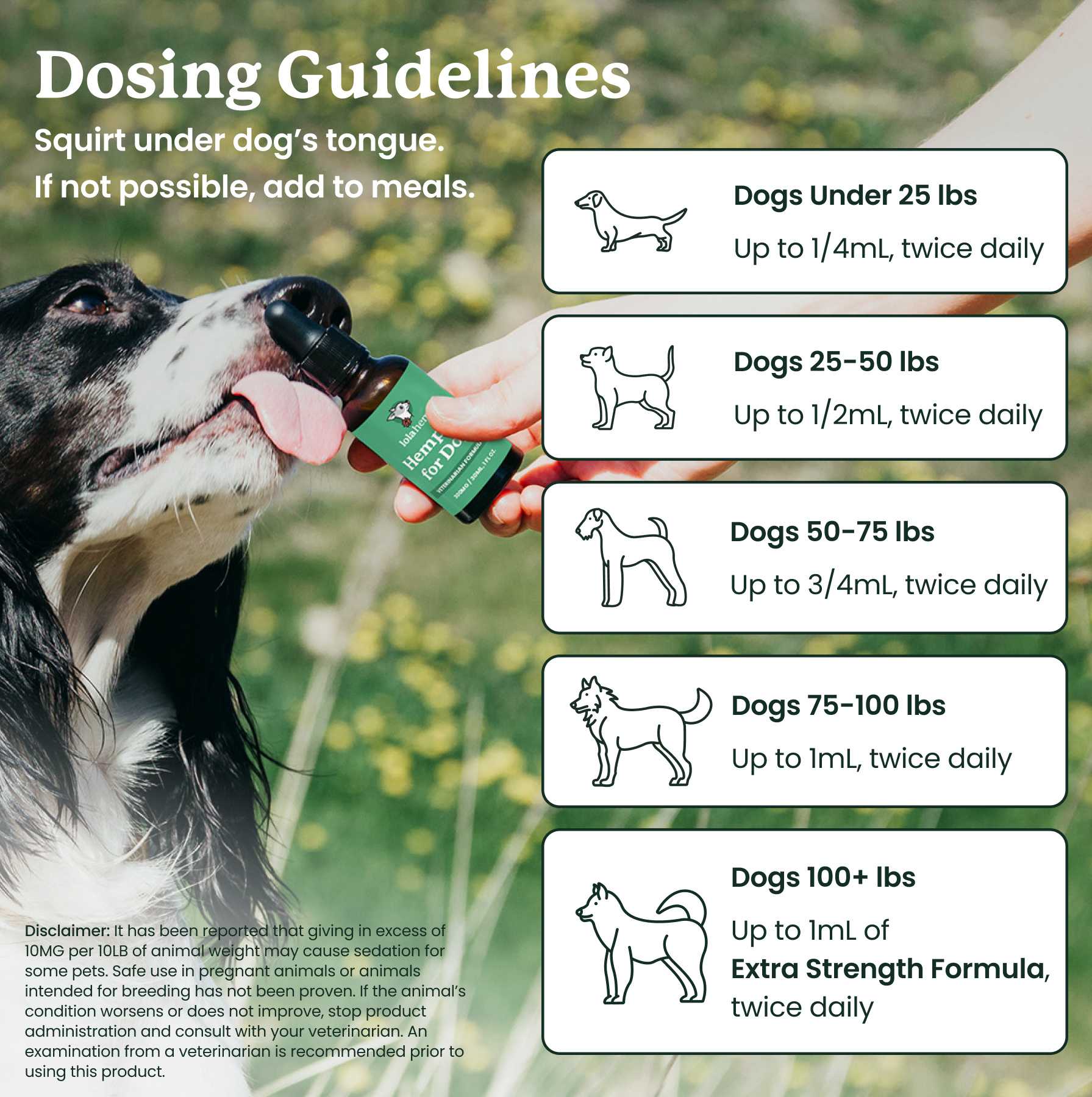When your dog suddenly falls to the ground and appears to have lost consciousness, it’s normal to assume that he is having a seizure. After all, the symptoms closely resemble those of multiple types of dog seizures.
You may therefore be surprised when you visit the vet and they tell you that your dog is actually not having a seizure but a syncope. The first question to cross your mind might be - what in the world is a syncope?
Simply put, syncope (pronounced sin-co-pay), is a medical term for “fainting” or “passing out”. In dogs, the symptoms of a syncope episode may appear very similar to those of a seizure, but keep in mind that they are two different conditions and should be treated as such. Treatments for seizures will be different than treatments for syncope, and vice versa.
- Fainting (Syncope) Vs Seizures in Dogs
- Frequently Asked Questions about Seizure & Syncope in Dogs
- What Does an Episode of Syncope Look Like?
- What Does an Episode of Seizures Look Like?
- Prognosis for Dogs with Seizures or Syncope
- How to Differentiate Syncope from Seizures
- What Owners Should Do During Episodes
- What Are the Causes of Fainting? How Do Vets Diagnose Seizures or Syncope?
- What Are Available Treatments for These Issues?
- Conclusion
Fainting (Syncope) Vs Seizures in Dogs
A seizure is an abnormal activity in either one or both brain hemispheres that is triggered by an underlying infection or changes in the dog’s environment. On the other hand, a syncope is a “fainting episode” usually caused when there’s little oxygen or nutrients in the dog’s brain.
While both conditions may cause the dog to lose its consciousness, there are significant differences between the two. Some of the similarities include:
- A seizure lasts between one to two minutes, and after, the dog may take up to twenty four hours to recover. On the other hand, a syncope episode only lasts a few seconds and the dog recovers spontaneously after the episode has passed.
- Seizures often occur when the dog is resting while a syncope takes place when the dog is either exercising or excited.
- In some types of seizures, the dog might drool, foam, twitch and convulse, which is not the case for a syncopal episode where the most significant symptom is sudden collapse on the ground.
- A seizure has a pre-ictal episode where the dog might exhibit signs like confusion and anxiety while a syncope has no pre-ictal episode.

Frequently Asked Questions about Seizure & Syncope in Dogs
The following answers were generated by the Lolahemp team and reviewed by Dr. Lianne Mcleod.
What Does an Episode of Syncope Look Like?
During an episode of syncope, a dog may suddenly collapse and lose consciousness. The collapse is often brief, and the dog may regain consciousness shortly afterward. Unlike seizures, there is usually no rhythmic movement or convulsions. Syncope episodes may occur during periods of excitement or stress, and some dogs might exhibit muscle twitching or weakness just before fainting. Monitoring the dog's behavior and triggers can aid in identifying syncope episodes.
What Does an Episode of Seizures Look Like?
During a seizure, a dog may exhibit uncontrolled shaking, twitching, and muscle contractions. Some dogs experience loss of bowel or bladder control during seizures. Seizure episodes can vary in duration and intensity, but they generally involve rhythmic movements and altered consciousness. After the seizure, dogs may appear disoriented or confused, gradually returning to their normal state.
Prognosis for Dogs with Seizures or Syncope
The prognosis for dogs with seizures or syncope varies depending on the underlying cause. Seizures can result from various factors, including epilepsy, while syncope may be triggered by issues such as heart disease or low blood pressure. Timely veterinary evaluation and proper management contribute to a better prognosis. Accurate diagnosis and appropriate treatment enhance the dog's quality of life and minimize the impact of these episodes.
How to Differentiate Syncope from Seizures
Differentiating between syncope and seizures can be challenging due to similar symptoms, such as loss of consciousness. However, observing specific characteristics can help distinguish the two. Seizures involve rhythmic movements, altered behavior, and loss of bodily control, while syncope episodes are often brief, lack rhythmic activity, and are followed by a rapid recovery. Consulting a veterinarian is essential for accurate diagnosis.

What Owners Should Do During Episodes
During a seizure, it's important to seek immediate veterinary attention if the seizure lasts longer than a few minutes or if multiple seizures occur in succession. Stay calm, ensure the dog's safety, and avoid putting your hands near their mouth to prevent accidental biting. During a syncope episode, gently place the dog in a safe area to prevent injuries. Always communicate with your veterinarian to discuss observed symptoms and receive guidance.
What Are the Causes of Fainting? How Do Vets Diagnose Seizures or Syncope?
Syncope in dogs can result from issues affecting blood flow, such as heart disease or abnormal heart rhythms. Vets diagnose syncope by conducting thorough physical exams, reviewing medical history, and using diagnostic tools like electrocardiograms (ECGs) or holter monitors to assess heart rhythm. Diagnosing seizures involves observing the dog's behavior, reviewing medical history, and using tests like blood work and brain imaging to rule out underlying causes.
What Are Available Treatments for These Issues?
Treatment for seizures or syncope depends on the underlying cause. Seizures caused by epilepsy may require anti-seizure medications like phenobarbital. Syncope treatment focuses on addressing the root cause, such as heart disease, through medications or lifestyle adjustments. Managing triggers, providing a safe environment, and adhering to prescribed treatments contribute to enhancing the dog's well-being and minimizing episodes.
Conclusion
While there are many similarities between a seizure and syncope, it’s important to know that they are two different conditions. As a dog owner, it’s advisable to take your fur child to the vet after an episode to determine which of the two your dog suffered from, and how he can be helped.









